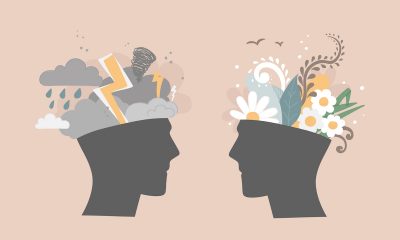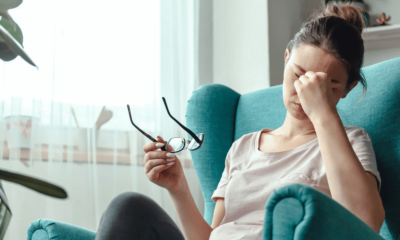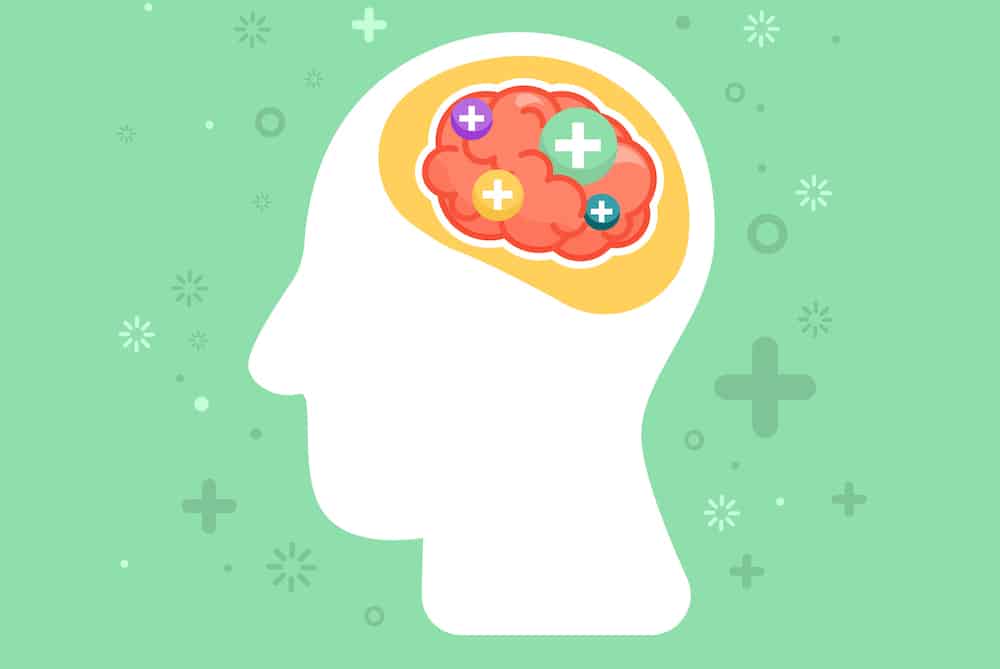1st November 2018 was an important day in the history of UK cannabis medicine. On that day the government moved “cannabis based medicinal products” from Schedule 1 to Schedule 2 of the Misuse of Drugs Regulations 2001.
This enabled doctors on the specialist register to prescribe cannabis. The regulation change was actually quite liberal and allowed for prescription for any condition and for the prescription of any product meeting good quality production standards (EU Good Manufacturing Practice).
Unfortunately, since that point there has been no prescription of a full extract cannabis product on the NHS. Why is prescription so limited?
There are a number of reasons. Foremost, doctors have not been educated in cannabis medicine. This is not a criticism as at the moment the endocannabinoid system and the cannabis plant are rarely taught in medical schools and there is a paucity of post-graduate teaching programmes.
These are now emerging, such as the Academy of Medical Cannabis (conflict declaration – I am the academy’s director of education).
The Medical Cannabis Clinicians Society is also now in existence and is a not-for-profit forum for clinicians who wish to be educated about cannabis medicine.
The society has an annual conference and is currently putting on roadshows around the UK and offers a peer support forum and soon will be publishing an online evidence database. Second, another obstacle to prescription are the guidelines produced by the Royal College of Physicians and NICE.
Both of these have, in my view, come out with an unnecessary negative view of cannabis in the context of analgesia. Their negative view has been counterbalanced by a most positive attitude from the Medical Cannabis Clinicians’ Society who have recently produced their own guidelines and which are available online.
The RCP and NICE guidelines are not mandatory but nevertheless are a barrier to prescription.
A doctor on the NHS willing to prescribe cannabis needs to gain approval from his/her trust and so far, no trust has been brave enough to agree to prescription against those recommendations.
The third reason for lack of prescription is that cannabis (except Epidyolex and Sativex) is an unlicensed medicine which means that the prescribing doctor takes more responsibility and liability than usual.
Fourthly, many doctors feel there is simply insufficient evidence to warrant prescription of cannabis as an analgesic. Let me now address the latter issue. First, some basics. There are over 120 cannabinoids in the cannabis plant but really only two have been extensively studied.
These are CBD (cannabidiol) which is the non- intoxicating cannabinoid and THC which in isolation causes the “high” sought by recreational users.
There is relatively little known about the other cannabinoids, but all so far have studied have medicinal properties.
The plant is further complicated by the presence of terpenes which gives cannabis its characteristic smell and the flavonoids, which give it colour.
Once again, the terpenes and flavonoids so far studied also have medical properties.
However, by necessity we have to focus on CBD and THC.
So, what could cannabis be beneficial for in neurological rehabilitation? The most convincing evidence is for pain management. There is no doubt that THC and to a lesser extent CBD are analgesic and provide a useful 2nd or 3rd line analgesic treatment option.
Certainly, for chronic pain, better than opioids with their attendant risk of serious side effects and death in overdosage.
The first cannabis drug licensed – Sativex – is a useful anti-spastic agent and has less side effects than the more common standard medications like baclofen and dantrolene.
What else? CBD is a very good anxiolytic and indeed anxiety can be a really troublesome problem in the context of many long term disabling conditions that we deal with.
Similarly, many people with neurological conditions have problems with sleep and also appetite and once again CBD and THC can help those symptoms.
The anti-convulsant effect of CBD (and a lesser extent THC) is well known from the widely published cases like Alfie Dingley. Not a first line anti-epilepsy drug maybe, but useful for those with drug resistant epilepsy.
The other side of the coin is safety. Is cannabis safe? No medicine is entirely safe but it is clear that cannabis, prescribed properly and appropriately by a limited although has been noted with very high CBD isolate doses.
Most problems occur in the high THC street cannabis that is not “covered” by CBD. The complications seen in the street user are very rare in the medicinal user who has prescribed the medication by a knowledgeable physician.
Drug interactions may occur as both THC and CBD interact with the cytochrome system and thus have a potential to interact with many drugs, but the actual clinical experience is that cannabis does not have significant drug to drug interactions, with a few exceptions, such as clobazam with CBD.
So, overall, cannabis is not a ”cure-all” as some claim but nor is it a danger to the fabric of society as others would have. It is generally a useful and safe medicine that can add significant benefit to our therapeutic armoury in neurological rehabilitation. Let’s use it more!
Professor Mike Barnes is an honorary professor of neuro-rehab, director of Maple Tree Cannabis Consultancy and chairman of the Medical Cannabis Clinicians Society.

 News6 months ago
News6 months ago
 Science5 months ago
Science5 months ago
 Industry6 months ago
Industry6 months ago
 News6 months ago
News6 months ago
 News5 months ago
News5 months ago
 Health5 months ago
Health5 months ago
 News5 months ago
News5 months ago
 Health3 months ago
Health3 months ago
